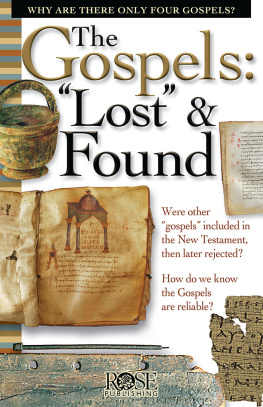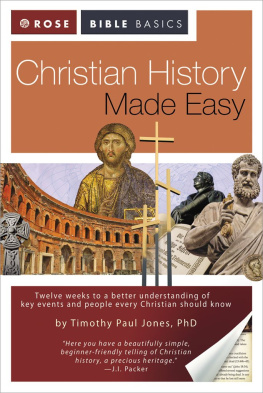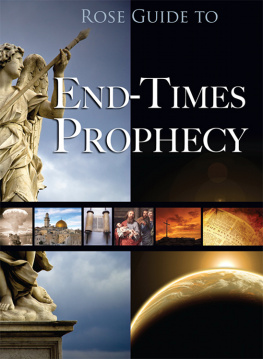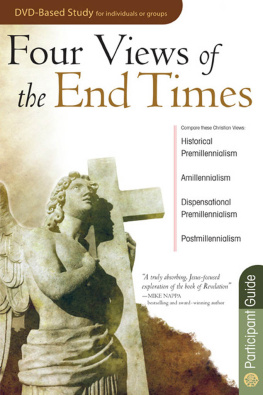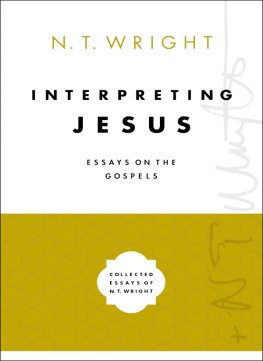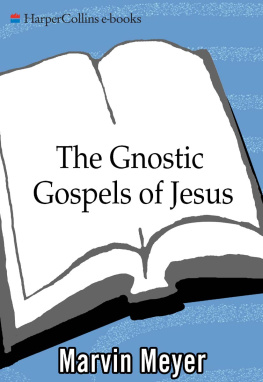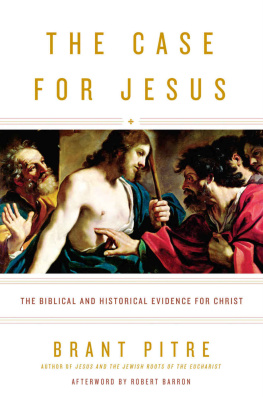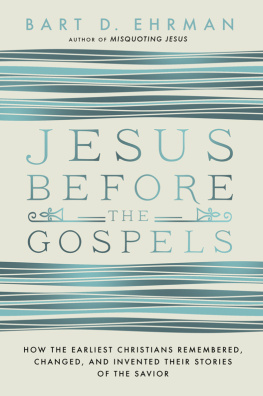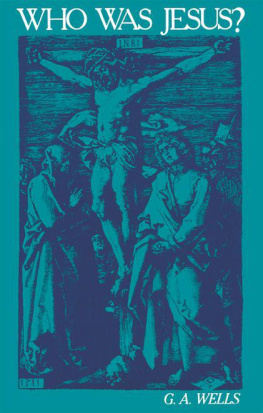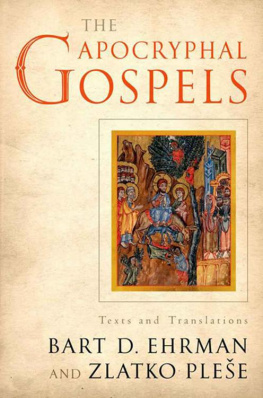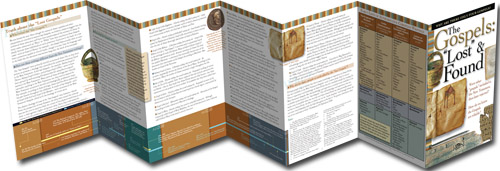The printed version of this eBook is the The Gospels: Lost and Found pamphlet, ISBN-13: 9781596361416
Author: Timothy Paul Jones, Ed.D
Excerpted material 2007 Dr. Timothy Paul Jones. Excerpted from the book Misquoting Truth: A Guide to the Fallacies of Bart Ehrmans Misquoting Jesus. Published by InterVarsity Press (www.ivpress.com). All rights reserved. Reprinted by permission.
Visit the author on the Internet at: www.TimothyPaulJones.com
Special thanks to Craig L. Blomberg, Ph.D, Distinguished Professor of New Testament, Denver Seminary; Lew Whallon.
It is illegal to photocopy, transmit electronically, post on the internet, or reproduce this pamphlet in whole or in part in any form.
2007 Bristol Works, Inc.
Rose Publishing, LLC
PO Box 3473
Peabody, Massachusetts 01961-3473 U.S.A.
Email: info@hendricksonrose.com
www.hendricksonrose.com
All rights reserved.
Build: 2021-12-03 14:30:25 EPUB 2.0
The Gospels: Lost and Found
This handy eBook:
- Shows how to bust current myths about the "lost gospels" and how to easily answer popular questions about the Bible's reliability, such as: How do we know the version of the Bible we have now is the right one?
- Provides simple, quick, and solid answers to 11 questions: including Why were the "lost Gospels" (such as the Gospel of Judas, Gospel of Mary Magdalene, and Gospel of Peter) left out of the New Testament? How do we know who wrote the gospels? and more!
- Features an easy-to-follow timeline showing when each of the Gospels were written, when false Gnostic Gospels sprung up, when specific Bible books were canonized, and more.
Notes
- See Bart Ehrman, Lost Christianities (New York: Oxford University Press, 2003) 3-5. Hereafter, Lost Christianities will be cited as LC , followed by the page numbers.
- MJ 36.
- Ehrman places the emergence of this principle later and summarizes it in this way: Authoritative texts had to be ancient (from the time of Jesus) and apostolic (from the first followers of Jesus or their associates) ( LC 242-243). As Ehrman notes, two other standards came into play later, those of catholicity (widespread usage among Christians) and orthodoxy (agreement with other Scriptures). I would contend, though, thatfor the earliest Christiansthe categories of orthodoxy, apostolicity , and antiquity were not distinguishable. All three categories were rooted in the assumption that eyewitness testimony was authoritative.
- Quoted in Eusebius, 3:39
- It was, according to Eusebius, from these prophetesses that Papias received some stories about the apostles (Eusebius 3:39).
- Muratorian Fragment.
- Eusebius, 5:8.
- LC 235.
- Translated from Muratorian Canon in Latin: Retrieved October 28, 2006, from http://www.earlychristianwritings.com/text/muratorian-latin.html.
- Eusebius, 6:12.
- See LC 16. The beginnings of blaming the crucifixion on the Jewish people can be seen in the trial before Pontius Pilate in Gospel of Peter , suggesting a date after the expulsion of Christians from the synagogues in the late first century ad
- Eusebius, 6:12; cf. Tertullian of Carthage, De Praescriptione Haereticorum , 3:20-21: Retrieved October 28, 2006, from http://www.tertullian.org latin/de_praescriptione_haereticorum.html.
- Eusebius, 5:8.
The Gospels: Lost & Found
The New Testament begins with four accounts of the life of Jesus Christ commonly known as Gospels, a word that means good news or victorious tidings. The Gospels According to Matthew, Mark, Luke, and John have been familiar to Christians for so many centuries that many believers have assumed these Gospels are the only retellings of the life of Jesus that ever existed. But there are more than a dozen other Gospels, plus several supposed accounts of episodes from Jesus life that arent known by the name of Gospel.
Some of these alternative Gospels have been familiar among scholars for centuries. Dan Browns novel The Da Vinci Code popularized several lost Gospels, including Gospel of Philip, Gospel of Mary Magdalene , and Gospel of Thomas . A couple of years later the Gospel of Judas was reconstructed and translated anew. The media implied that Gospel of Judas and other lost Gospels provide information about the historical Jesus that isnt included in the New Testament Gospels. Several writers and entertainment corporations were quick to turn a profit by sensationalizing the news of this reconstructed Gospel. Indeed, the viewpoints found in the lost Gospels do differ from the New Testament Gospels.
According to New Testament Gospels | According to Lost Gospels |
Jesus was fully human and fully divine | Jesus was a spirit who seemed human or a mere human uniquely inhabited by a divine spirit (Gnostic gospels) |
Judas Iscariot willingly chose to betray Jesus | Jesus told Judas to betray him ( Gospel of Judas ) |
The first miraculous sign that Jesus performed was turning water to wine at Cana | Jesus performed self-serving miracles throughout his childhood (infancy Gospels) |
How likely is it that the lost Gospels really tell us the truth about Jesus Christ? An open-minded look at the historical record quickly reveals that there is little reason to doubt the New Testament Gospels and great reason to reject the so-called lost Gospels.
True or False?
What if the version of the life of Jesus thats found in the Bible isnt the right one? What if there were other accounts of his life and ministry? And what if none of these versions actually represents eyewitness testimony about Jesus? Thats precisely what some scholars are teaching, not just on college campuses but in popular literature and on television.
Popular scholars such as Bart Ehrman and Elaine Pagels, whose books boast titles such as The Gnostic Gospels, Lost Scriptures, and Lost Christianities , make claims such as this one: Many years passed before Christians agreed concerning which books should comprise their sacred scriptures.... In part this was because other books were available, also written by Christians, many of their authors claiming to be the original apostles of Jesus, yet advocating points of view quite different from those later embodied in the canon.
Indeed, the viewpoints found in these writings, many of which are called Gospels, do differ from the New Testament Gospels. In fact, many include descriptions of Jesus that directly contradict the Gospels according to Matthew, Mark, Luke, and John. Most significantly, the lost Gospels consistently depict the nature of Jesus in ways that disagree with the Gospels according to Matthew, Mark, Luke, and John. For example, the New Testament writings describe Jesus as fully divine and yet fully human (see, for example, Philippians 2:5-11). But, according to other writings, Jesus Christ was a spirit who merely seemed human. In others, such as Gospel of Philip , Jesus of Nazaretha human beingwas possessed by a Christ-spirit; then on the cross, this Christ-spirit abandoned the human Jesus.
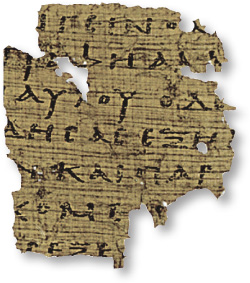
(Courtesy of the Schyen Collection, Oslo and London)

